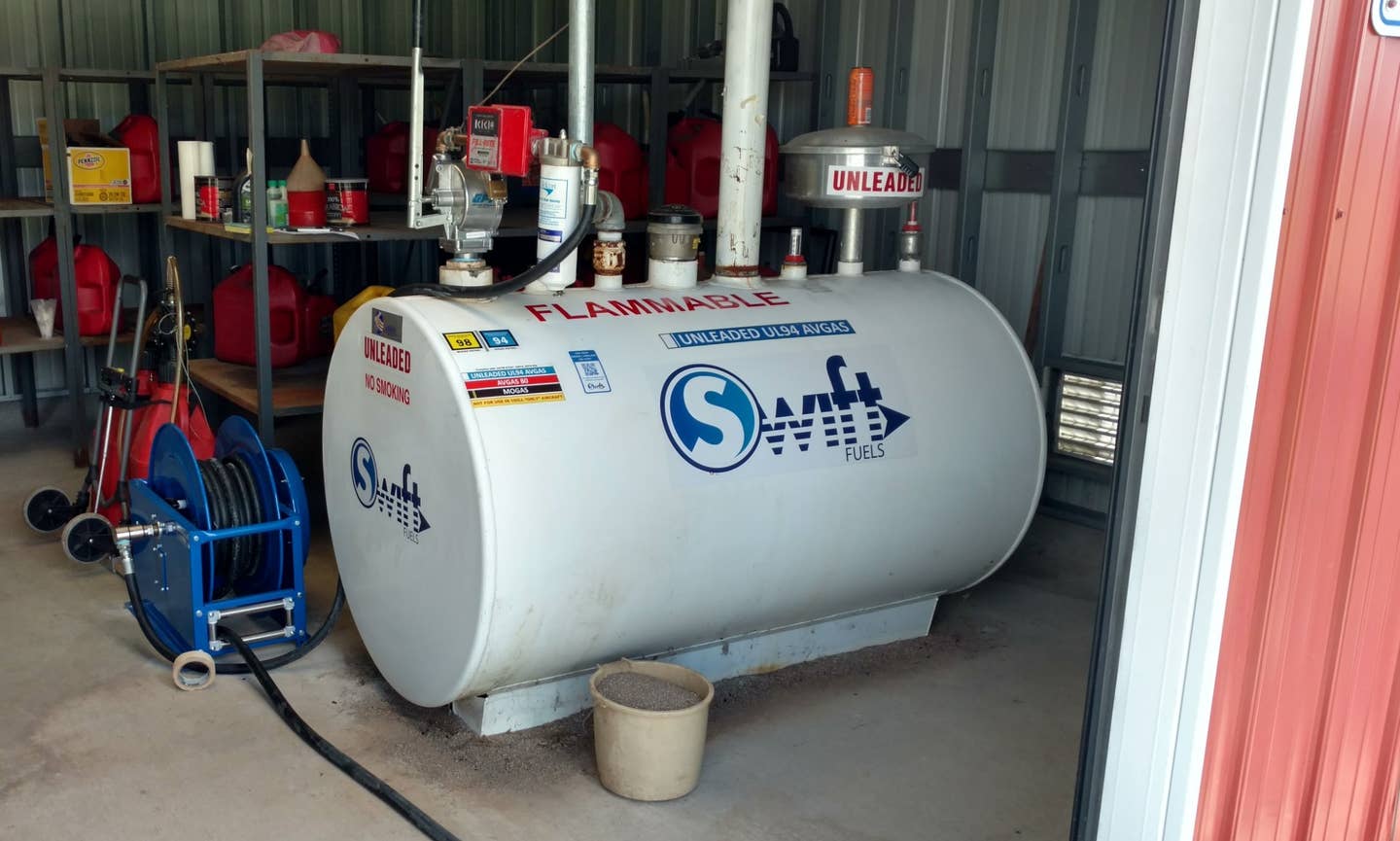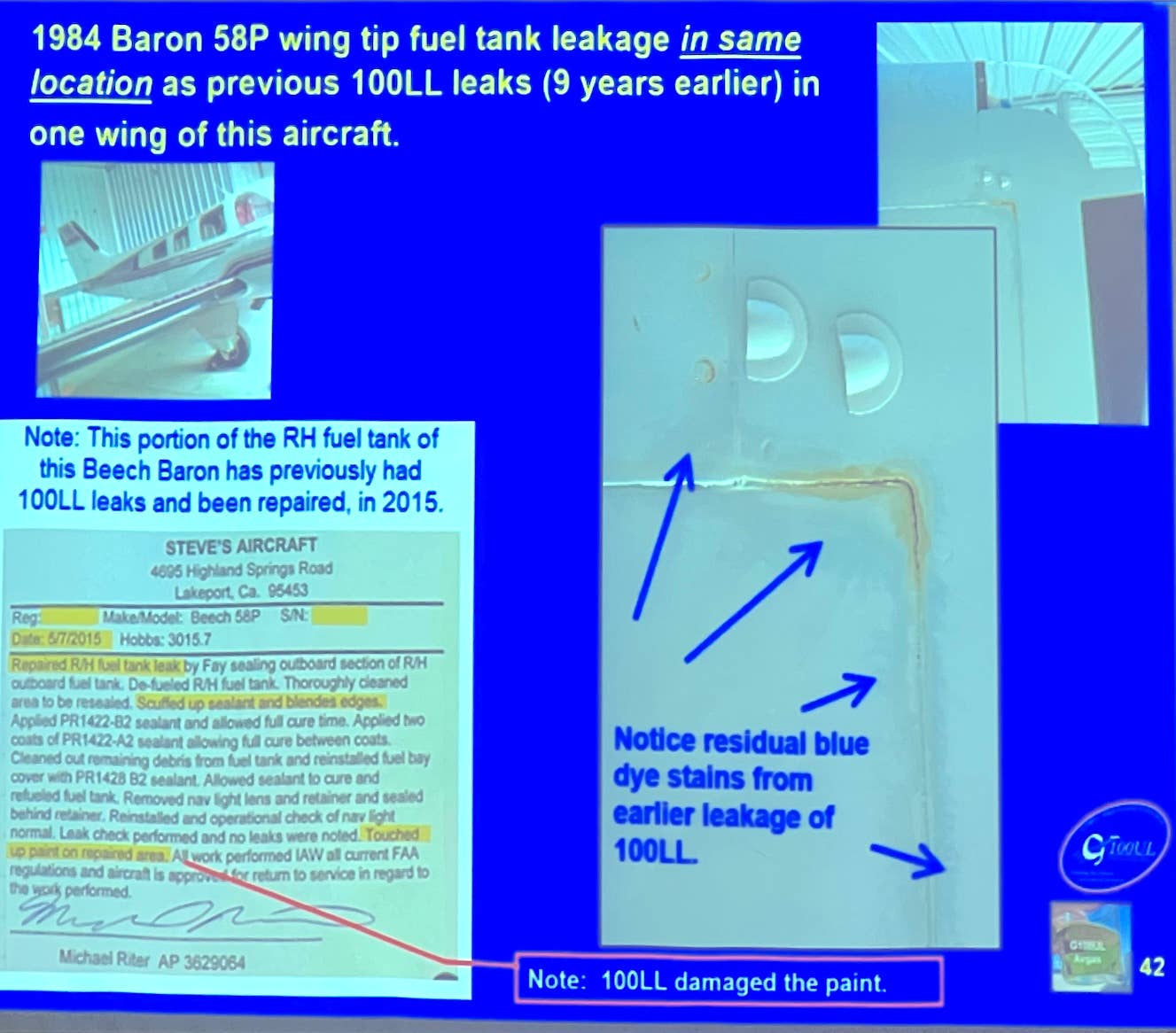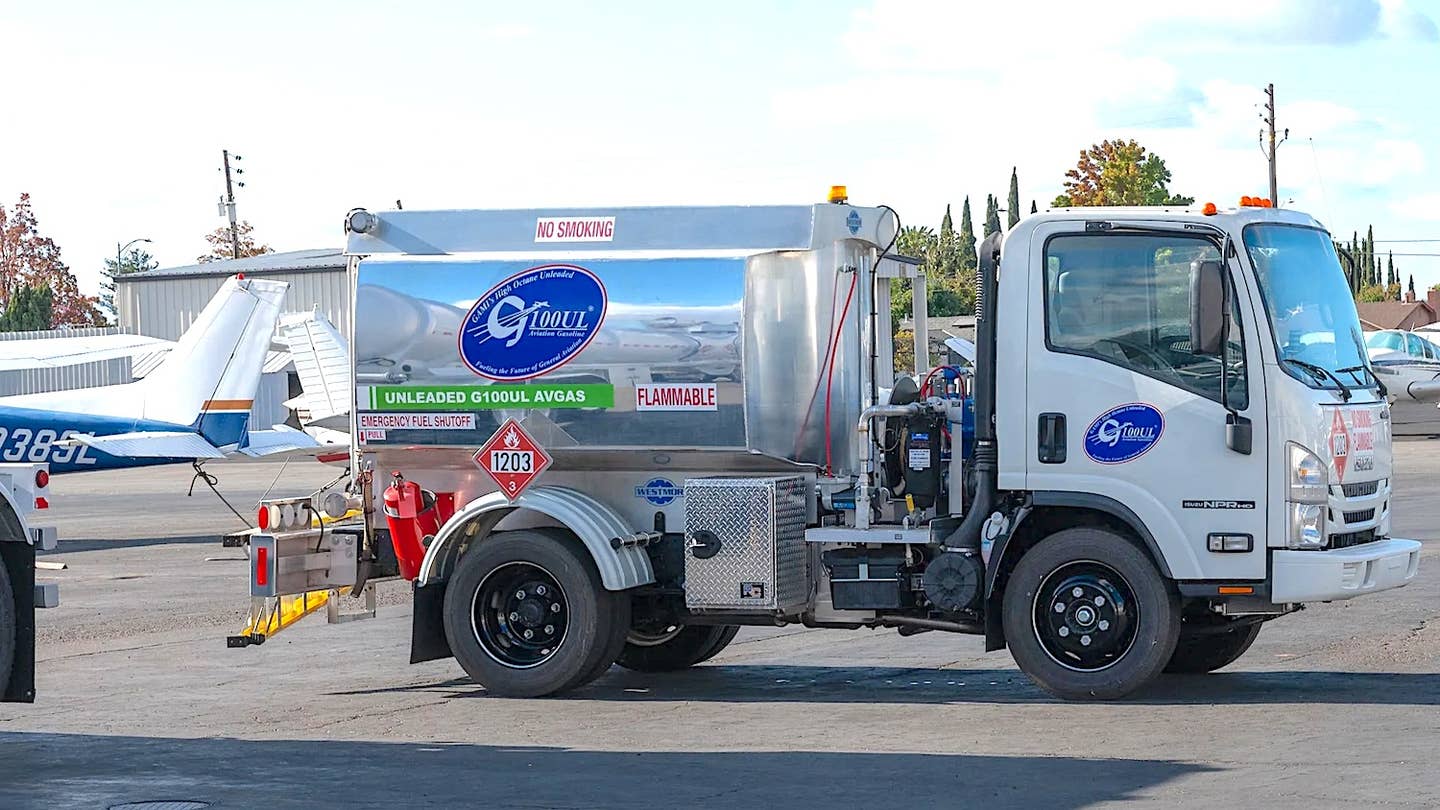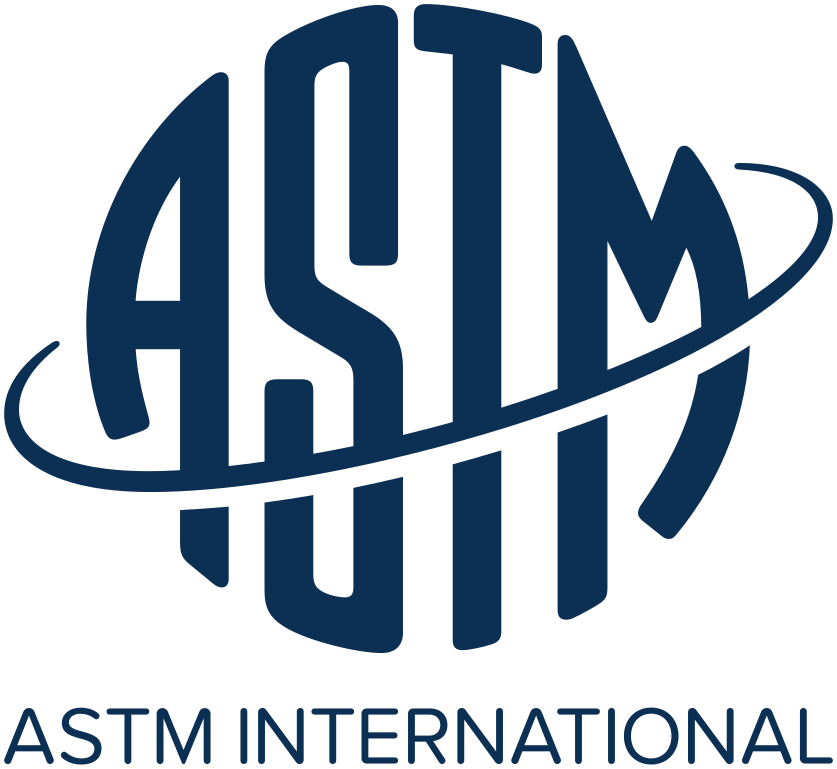Oil Myths Debunked
Lubrication myths, legends and misconceptions still abound in the aviation world.
The following article is done in a question-and-answer format to cover some of the most common questions and misunderstandings concerning aircraft and lubrication. This represents only but a few of the many questions I am asked about when I meet people and they find out I'm a lubricant formulator.
Why shouldn't I use automotive oil in my airplane to take advantage of the more advanced technology?
While it is true that automotive oil is far more advanced than aviation oil, the answer lies in the fact that most aircraft engines are air-cooled while automotive engines are water-cooled. Air-cooled aircraft engines are built with greater clearances and are designed to consume (burn) some oil.Water-cooled automotive engines are designed and built to much tighter tolerances, so they do not consume much oil. These differences in design tolerances are due to the large temperature differentials that are found in high-continuous-power-output, air-cooled, aircraft engines versus the low- and intermittent-power-output, water-cooled, auto engines.There can be a 300 degree F temperature difference between the cylinder head and cylinder base in an operating aircraft engine. That kind of temperature differential causes a lot of distortion in the cylinder, necessitating the requirement for large clearances. Automotive engines, being water-cooled, have lower temperature differentials across the engine and thus suffer lower levels of distortion and can be designed and built to tighter tolerances.Aircraft engines were designed before additives were available and have not really changed much over the years. When ashless dispersant oils were introduced for auto engines, they were also suitable for aircraft engines and eventually were adopted for aviation use.However, when zinc antiwear and metallic detergents were formulated into auto oils, an important divergence occurred. Aircraft engines burn a fair amount of oil and, if these metal-containing detergents and antiwear compounds are present, they can form metallic ash deposits in the combustion chambers. These deposits can lead to destructive preignition, which could burn holes in the tops of pistons with obvious catastrophic results. For that reason, it was decided that aviation oils were to remain ashless to avoid the risk of metallic deposits.The benefit of using ashless dispersant oils is, obviously, a cleaner engine. Aircraft engines would also benefit greatly from the addition of other automotive additives such as anti-wear, detergents, and corrosion inhibitors, but the downside is added cost. Ashless versions of these performance additives can cost up to 10 times more than standard ash-containing additives.
What about oil additives with PTFE (Teflon)?
Additives with Teflon resin should not be used in aircraft engines for three reasons;
- When oil is burned in the combustion chamber (remember -- aircraft engines burn some oil), the decomposition products are acidic and are extremely corrosive.
- The resin is a solid particle held in suspension. In aircraft oil, these resin particles have been found to quickly drop out of suspension and combine with lead salts from leaded fuel. This leads to the formation of a sticky, heavy sludge. This sludge settles throughout the engine, where it can block oil flow.
- There is little evidence to show they provide any wear benefit in piston engines.
Editor's Note: Dupont, the developer and maker of Teflon, specifically says that Teflon is not designed for or to be used in engines and that they in no way endorse its use in this manner.
What about these other "miracle" additives?
Additives like Prolong and Power-Up should never be used in aircraft. They contain chlorinated hydrocarbons and were designed as cutting fluids for metalworking. They work by decomposing to hydrochloric acid and form iron chlorides on steel surfaces.While that may be fine for one-pass machining, it is not good to have circulating through your engine. In addition, it's necessary to neutralize the excess acid so a large amount of metallic detergent is added, which can cause combustion-chamber deposits. Such deposits can result in preignition and engine damage.
Which is better for rust (corrosion) protection: straight-weight or multi-weight oils?
300
This is a common and emotionally charged question. Let me start with a description of multi-weight oils.Multi-weight oils are simply those oils that contain a viscosity modifier (VM) that affects the viscosity profile of the oil with temperature. To produce 20W-50 oil, you start with straight 20-weight oil and dissolve approximately two percent of a solid polymer (the VM) into it.The VM does not affect the low temperature viscosity of the oil because, when cold, these polymer molecules ball up so tight and small they, in effect, disappear in the oil. As the oil warms, the VM molecules relax and interact with each other.This interaction impedes flow, which by definition is an increase in viscosity. This essentially means that at 0 degrees C (32 degrees F), the 20W-50 flows like a 20-weight oil and at 100 degrees C (212 degrees F), it has the same viscosity and flows like a 50-weight oil.In effect, the viscosity modifier reduces the oil's tendency to thin with increasing temperature. All this being said, how does this affect the oil's ability to protect parts from corrosion? The two properties that are important for corrosion resistance are film thickness and additive activity or concentration.At ASL, we performed a simple experiment to compare the inherent corrosion protection of straight 50-weight versus 20W-50 multi-weight oil. The two oils selected are popular products and neither contained any ferrous-metal rust inhibitors.Test panels were weighed, then dipped in the two oils heated to 100 C (212 F). They were placed in an oven, which was 100 degrees C (212 degrees F), for 30 minutes. The panels were allowed to cool and film thickness was determined by weight increase. This procedure simulates the oil-film thickness found on cams, lifters and other components in an engine after shutdown and cooling.It was calculated that the film thickness was under a thousandth of an inch, 0.0008 inches, for both samples. The fact that we measured the same film thickness is not surprising, as both oils are designed to have the same viscosity at the elevated temperature.When tested for rust protection in a standard, humidity-cabinet test, both samples failed in much less than 24 hours. This test demonstrates that oil film alone, in the thickness range that these oils leave on engine parts, offers very little rust protection.The next test was done to compare the effectiveness of additives in preventing rust. We used CamGuard, a multifunctional additive package containing rust inhibitors, antiwear and antioxidant chemistries that I developed for aircraft oils.When five percent of CamGuard was added to the oils, the measured film thickness remained the same but the increase in rust protection was dramatic. Test results show protection for more than 500 hours versus less than 24 hours for the unadditized oil (see graph below).
500
This demonstrates the relative insignificance of film thickness compared to active inhibitors in providing rust protection in engines.
How frequently should I change oil?
When talking about corrosion in engines, one has to mention oil change intervals. I happen to believe in regular, frequent oil changes.In the case of aircraft, you know that oil is cheap compared to an early overhaul. For most aircraft, I recommend the oil be changed every 25-35 hours or four times a year. If you fly often and have an oil filter, 50 hours is fine.The problem is contaminated oil sitting in the crankcase. In as little as five hours of engine run time, there is enough water and other reactive elements in the oil to strongly promote corrosion. That's why a sitting engine needs to have frequent oil changes as well.CamGuard is FAA accepted and approved for use in all non-turbocharged aircraft. (Turbocharged-engine approval is pending.) If you would like to read more about CamGuard, go to our Web site.
Editor's Note: We at Light Plane Maintenance are not yet endorsing CamGuard, but independent corrosion tests of aviation oils was done by Aviation Consumer magazine and showed very beneficial results from using CamGuard.
More aircraft repair and prevention articles are available in AVweb's Maintenance Index. And for monthly articles about aircraft maintenance, subscribe to AVweb's sister publication, Light Plane Maintenance.






